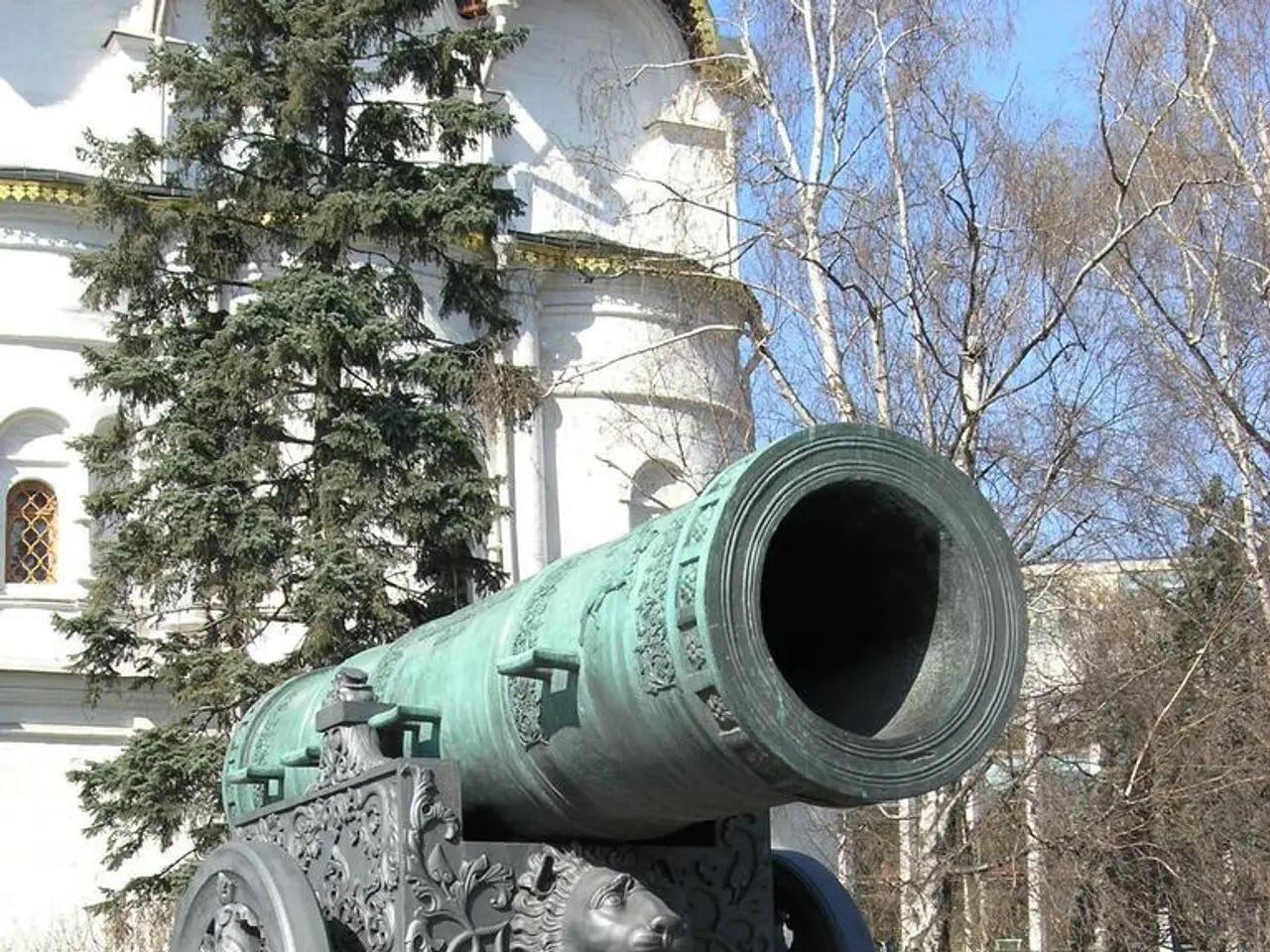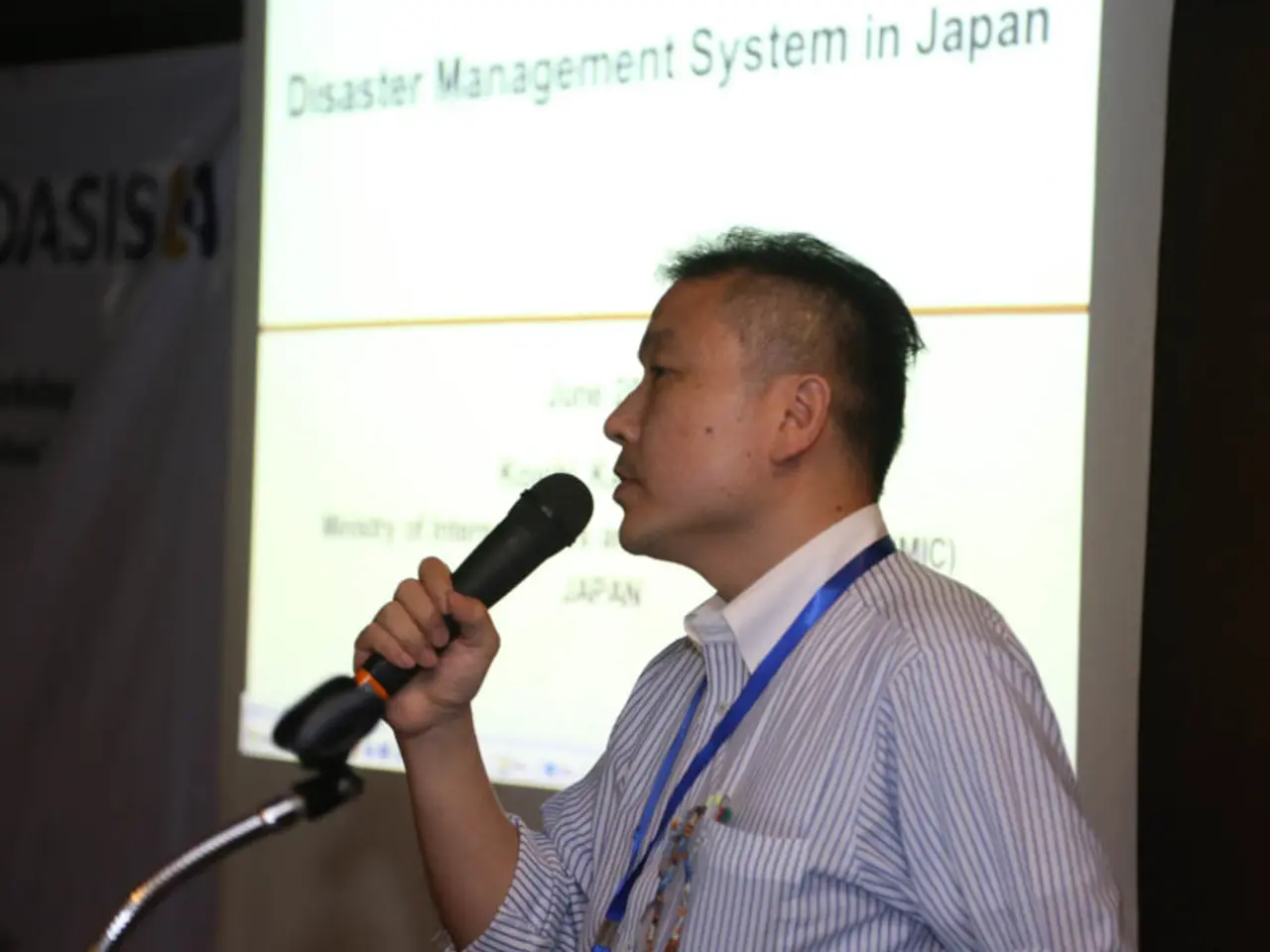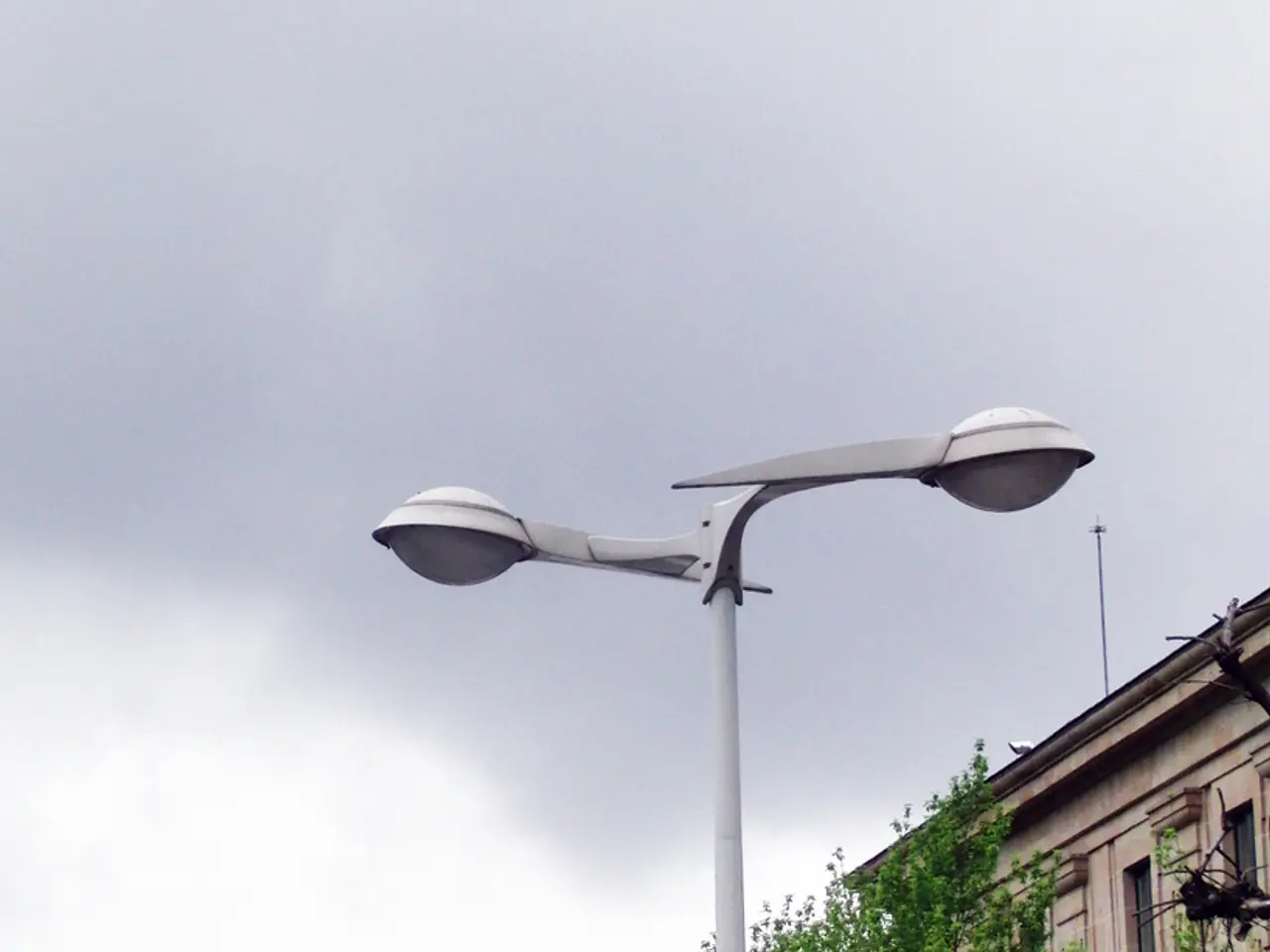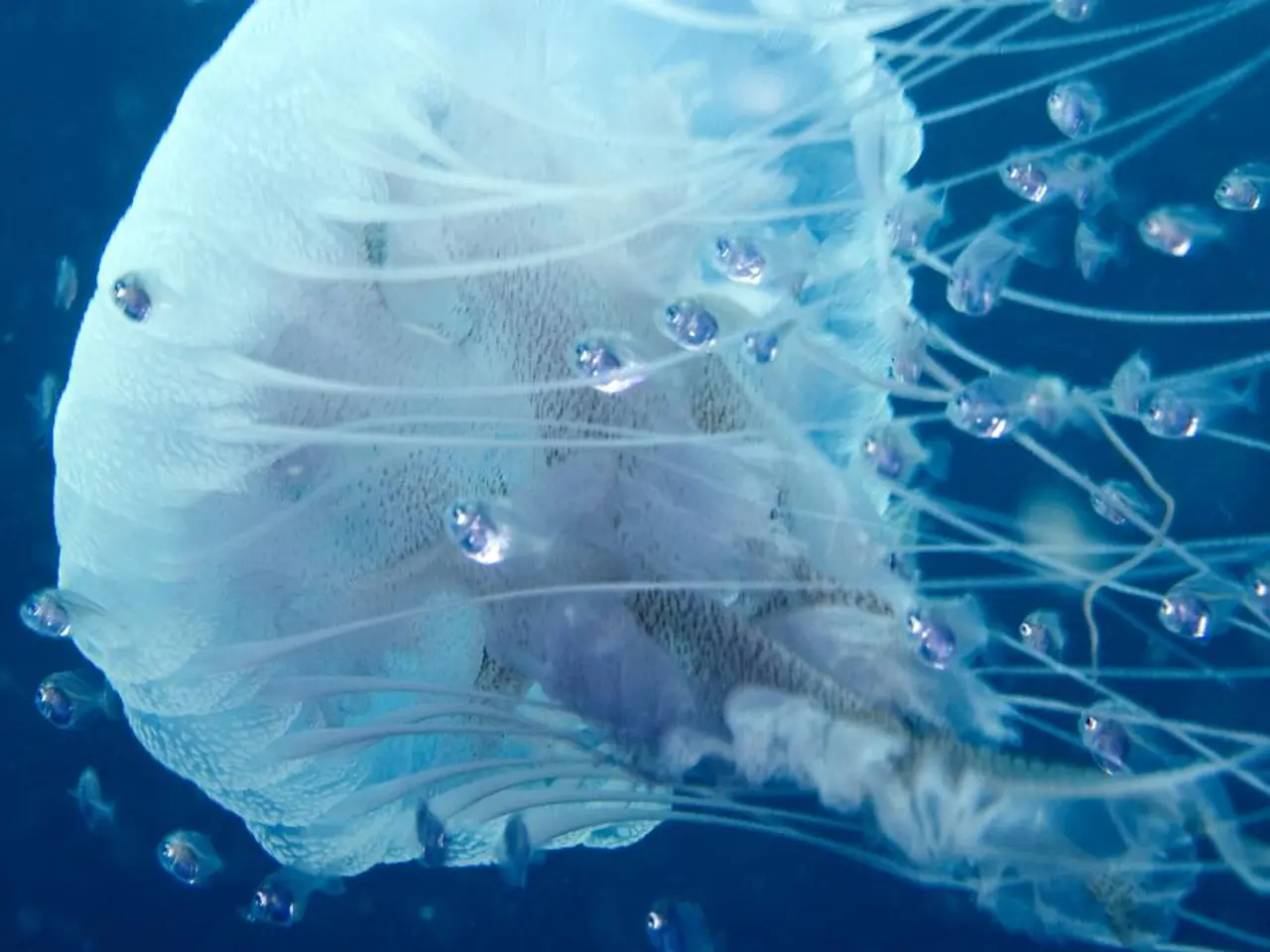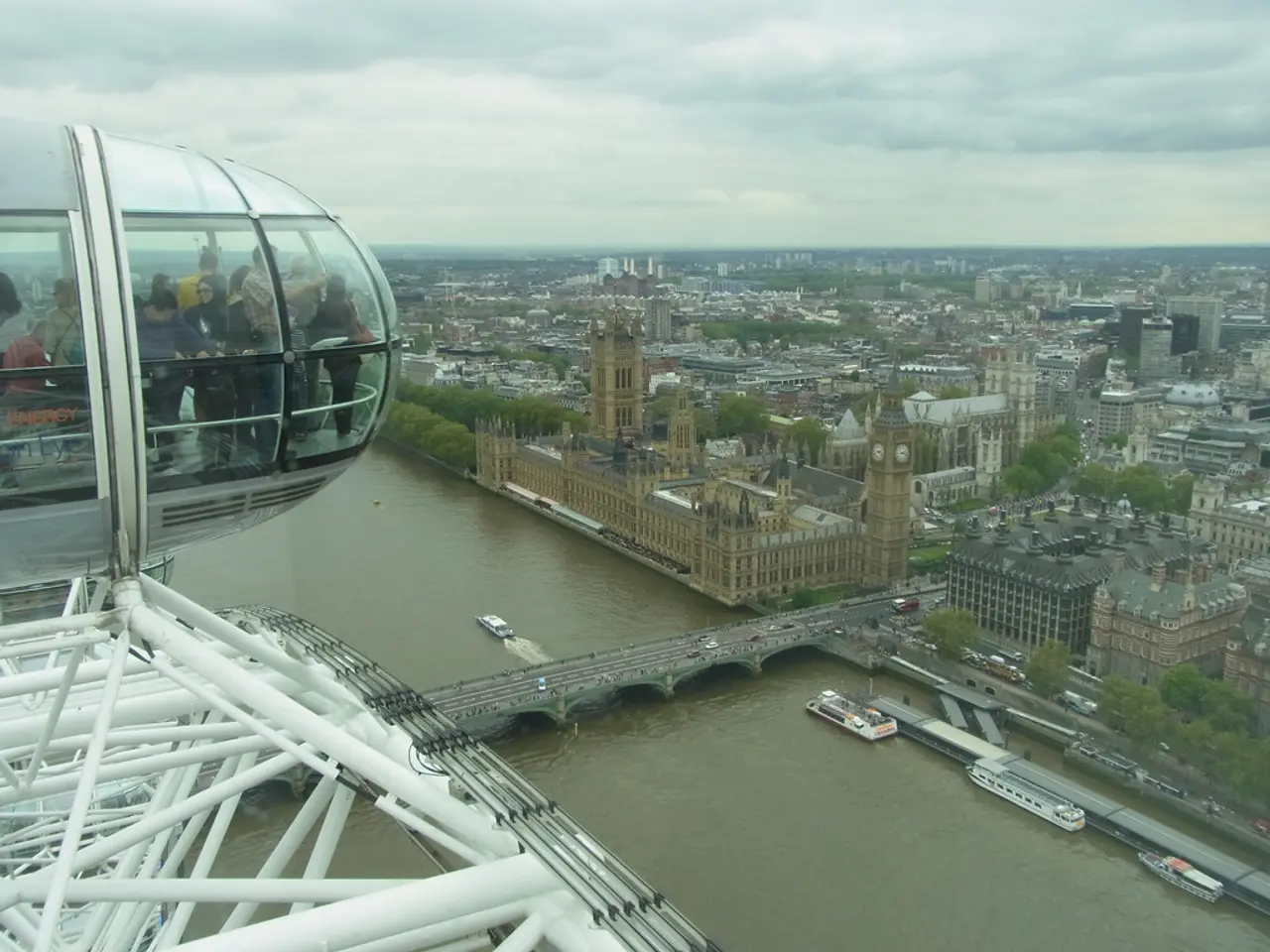Ancient Russian volcano erupts for the first time in nearly half a millennium
In a rare and extraordinary event, seven volcanoes in Russia's Kamchatka region erupted simultaneously on July 29, 2025, following a powerful magnitude 8.8 earthquake. This event, which has not been recorded in nearly 300 years, has been attributed to the tectonic setting of the Kamchatka Peninsula, part of the Pacific Ring of Fire.
The Klyuchevskoy Volcano, the highest active volcano in Europe and Asia, continued its eruptive activity, while the Krasheninnikov Volcano, which last erupted in 1550 according to the Smithsonian Institution's Global Volcanism Program, erupted for the first time in about 450 years. The Krasheninnikov Volcano was assigned an "orange" aviation hazard code, potentially disrupting flights in the area due to ash plumes reaching up to 6 kilometers high.
The eruptions caused significant ground shifts (up to 2 meters southeast in southern Kamchatka) and set off a series of aftershocks, including a magnitude 6 aftershock and a magnitude 6.7 quake near the Kuril Islands. The Institute of Volcanology and Seismology of the Russian Academy of Sciences described the event as an "extremely rare phenomenon" or "parade of volcanic eruptions."
The recent earthquake and volcanic activity have raised concerns about further geological instability. However, no populated areas are along the path of the ash plume, and no ashfall has been recorded in inhabited localities. The plume is spreading eastward from the volcano toward the Pacific Ocean.
The strong earthquake also sparked tsunami warnings and evacuations of millions of people from coastal areas from Japan to Hawaii to Ecuador. The worst damage from the tsunami was seen in Russia, where a tsunami crashed through the port of Severo-Kurilsk and submerged a fishing plant.
This region, situated on the Pacific Ring of Fire, is prone to powerful earthquakes and volcanic eruptions. While such a large earthquake causing a simultaneous eruption of seven volcanoes is rare, individual volcanoes regularly experience seismic sequences in Kamchatka. The 2011 quake off Japan caused a tsunami that killed more than 15,000 people, and the recent earthquake off Russia's Kamchatka Peninsula is the strongest since that event.
Pictures released by Russian state media show a towering plume of ash spewing from the Krasheninnikov volcano. The recent eruptions of Klyuchevskoy and Krasheninnikov followed one of the strongest earthquakes recorded. At least 18 eruptions of Klyuchevskoy have occurred since the year 2000.
This extraordinary event serves as a stark reminder of the active and volatile geology of the Kamchatka region. Further research and monitoring are necessary to understand the long-term implications of this event and to prepare for future seismic and volcanic events in the region.
- The unusual simultaneous eruption of seven volcanoes in Kamchatka, Russia, as a result of the powerful earthquake on July 29, 2025, has highlighted the significant role of environmental-science, particularly in predicting and preparing for future climate-change impacts on the region's weather patterns and geological stability.
- The unusual eruptions of Klyuchevskoy and Krasheninnikov volcanoes in Kamchatka, driven by the tectonic setting of the Pacific Ring of Fire, have raised questions about the potential influence of these events on the global climate and weather systems, emphasizing the importance of continued research in the field of science.
